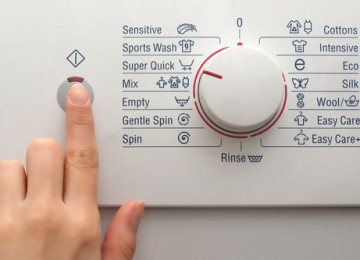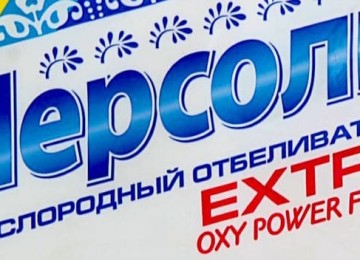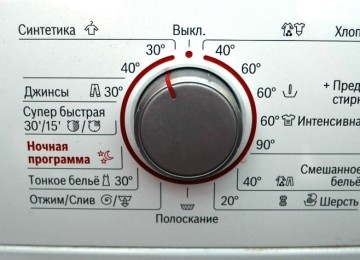Today, manufacturers offer numerous washing modes in a washing machine. But not every one of them is needed by the average family. Below we will discuss the main programs in the washing machine and the rules for its use.
Stages of washing clothes in a washing machine
Modern automatic machines carry out the entire laundry cleaning cycle independently. There are several standard stages.
After the owner has loaded things into the drum, poured powder into the cuvette and pressed the “Start” button, the machine begins drawing water. When enough liquid has been collected, the heating element begins heating the water to the set temperature.
After heating, the liquid enters the cuvette and carries powder particles with it into the drum. Some modern models provide the possibility of pre-mixing the powder with water, i.e. it enters the drum already dissolved. In this case, the fabric is less damaged, since there is no contact with solid particles of the detergent. The quality of washing is also improved.
After the detergent arrives, either washing or soaking begins (if provided for by the regime). When washing, clothes are spun in a drum in a soapy solution and cleaned of dirt.
Solid elements can damage the machine drum, so you should carefully check the pockets when loading laundry. Clothes with metal elements are washed by hand or in special bags.
Next comes rinsing, i.e. removing detergent residues. To do this, the washing machine pump completely pumps out the used soap solution. Then clean water enters the drum and it begins to rotate again. After the end of the stage, the water leaves through the drain hole. Some models have the option of an additional rinse. If you are allergic to the powder, then it is advisable to use this regimen.
Once the rinse is complete, it is time to spin.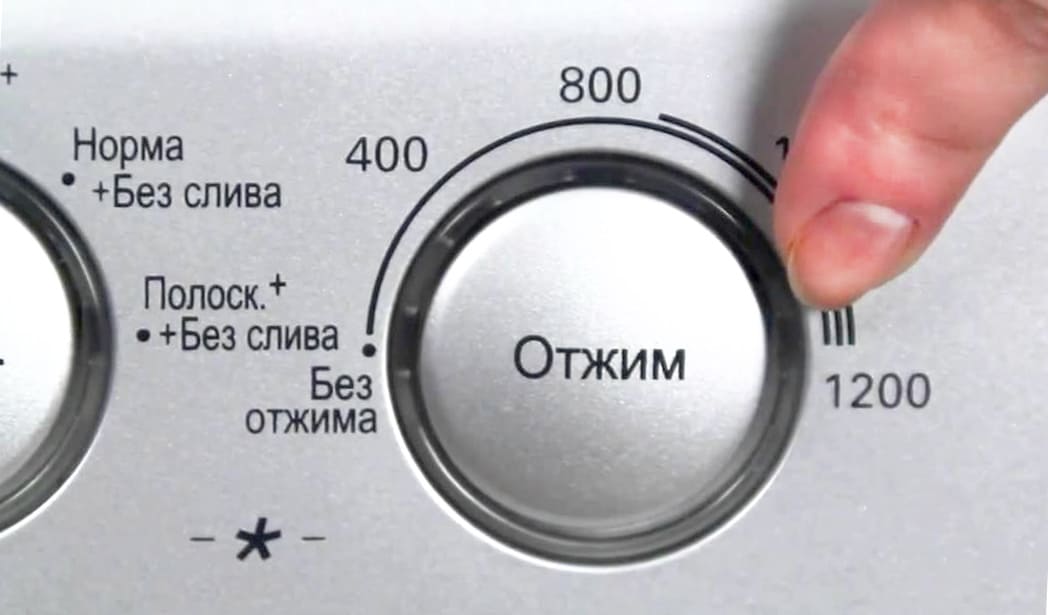 The drum here rotates at maximum speed. The laundry is spread along the walls due to centrifugal force. Water goes into the tank through holes in the walls and is then pumped out from there by a pump. Cotton fabrics are pressed at maximum speed. Some delicate items should not be wrung out at all, as the material may be damaged. Spin classes:
The drum here rotates at maximum speed. The laundry is spread along the walls due to centrifugal force. Water goes into the tank through holes in the walls and is then pumped out from there by a pump. Cotton fabrics are pressed at maximum speed. Some delicate items should not be wrung out at all, as the material may be damaged. Spin classes:
| Class | Number of revolutions per minute | Humidity after spinning (in%) |
| G | 400 or less | 91 or more |
| F | 400-600 | 81-90 |
| E | 600-800 | 72-80 |
| D | 800-1000 | 63-71 |
| C | 1000-1200 | 54-62 |
| B | 1200-1500 | 45-53 |
| A | More than 1500 | 44 or less |
After the spin cycle, the wash cycle ends. An additional step in washing machines is drying. The presence of this function increases the cost of the machine, so choose it if there is nowhere to hang the washed items to dry. Ironing clothes after drying is difficult, as they sometimes dry out.
What factors determine the duration of washing?
The duration of this process may be affected by:
- Degree of soiling of laundry. Only machines with artificial intelligence can assess how dirty things are. This will lengthen the washing cycle by 10-15 minutes on average. In simpler models, the owner himself selects additional functions, such as pre-soaking, additional washing or boiling. This will add up to another half hour to the cycle. Electricity costs will also increase.
- Weight of loaded items. Latest generation washing machines can weigh laundry. The larger the load, the longer the wash cycle.
- Age and other individual characteristics of the washing machine. The older the model, the longer it takes to wash. The newest machines do it faster, and some have a quick wash function that is not inferior in quality to the standard one.
- Water heating. Washing machines are connected to a cold water supply system, so most modes require the water to be heated. This takes from 5 to 15 minutes, depending on the selected temperature.
- Spin speed. The higher the selected number of revolutions, the longer this stage.
The following will help reduce washing time:
- setting a lower water temperature;
- exclusion of additional functions, such as pre-soaking, boiling, additional rinsing;
- skipping some standard steps, such as spinning.
Standard washing modes
Modern washing machines offer a variety of programs. Among them are standard and additional. Standard ones are found in all models. These include the following.
- "Synthetics".
 This mode is suitable for cleaning soiled items made of lavsan, polyester, elastane, viscose and other synthetic fabrics.You can also use this program for materials that contain natural ingredients. Washing duration is up to 1 hour 50 minutes. The number of revolutions during spinning is 800 or less. Washable at a temperature not exceeding 60°C. On some models this program is called "Mixed Fabrics".
This mode is suitable for cleaning soiled items made of lavsan, polyester, elastane, viscose and other synthetic fabrics.You can also use this program for materials that contain natural ingredients. Washing duration is up to 1 hour 50 minutes. The number of revolutions during spinning is 800 or less. Washable at a temperature not exceeding 60°C. On some models this program is called "Mixed Fabrics". - "Delicate" or "Hand Wash".
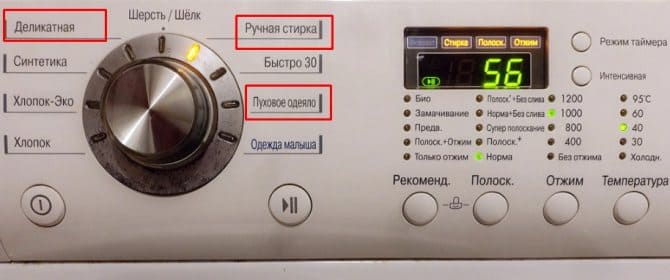 It is used for capricious thin fabrics, when washing should be as gentle as possible. Water heating - up to a maximum of 40°C. The drum most often does not rotate, but sways slightly, simulating gentle hand washing. Some manufacturers have a Silk program. It is suitable for cleaning other types of demanding items, for example, tulle curtains, cambric scarves, lace blouses, cashmere jumpers, etc.
It is used for capricious thin fabrics, when washing should be as gentle as possible. Water heating - up to a maximum of 40°C. The drum most often does not rotate, but sways slightly, simulating gentle hand washing. Some manufacturers have a Silk program. It is suitable for cleaning other types of demanding items, for example, tulle curtains, cambric scarves, lace blouses, cashmere jumpers, etc. - "Cotton".
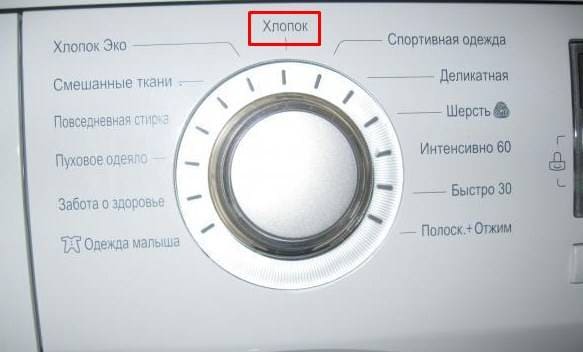 The most popular program for washing bed linen. Available in all models from any manufacturer. Cotton is a fairly durable fabric, so water heats up to 40-95°C. At the highest temperature, boiling is simulated. This program allows you to clean the most contaminated items. Spinning occurs at speeds above 1000 rpm. The duration of the mode is up to 2 hours. Bed linen, white cotton and linen items are washed at 60 degrees. For colored linen and cotton items, it is recommended to set the heat to 40°C. In hotter water they may shed. Modern detergents cope with dirt even at low temperatures. In this mode, rinsing takes the longest, since powder residues are more difficult to wash out from the fibers of natural materials than from synthetics.
The most popular program for washing bed linen. Available in all models from any manufacturer. Cotton is a fairly durable fabric, so water heats up to 40-95°C. At the highest temperature, boiling is simulated. This program allows you to clean the most contaminated items. Spinning occurs at speeds above 1000 rpm. The duration of the mode is up to 2 hours. Bed linen, white cotton and linen items are washed at 60 degrees. For colored linen and cotton items, it is recommended to set the heat to 40°C. In hotter water they may shed. Modern detergents cope with dirt even at low temperatures. In this mode, rinsing takes the longest, since powder residues are more difficult to wash out from the fibers of natural materials than from synthetics. - "Quick wash".
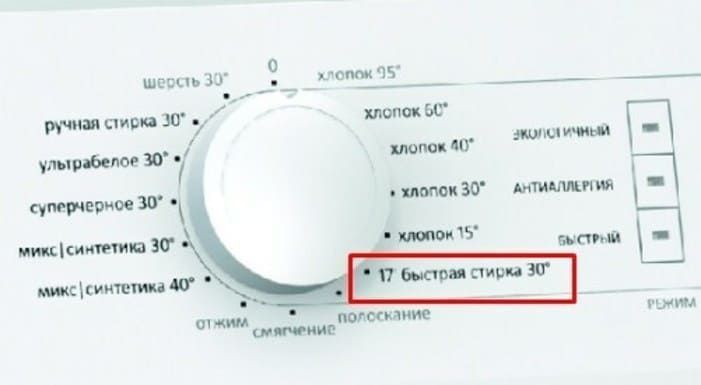 Available in many modern models: from budget to premium.This function is intended to cope with minor stains or refresh items that have been hanging in the closet for a long time. Depending on the manufacturer, the duration of the regime ranges from 15 to 60 minutes.
Available in many modern models: from budget to premium.This function is intended to cope with minor stains or refresh items that have been hanging in the closet for a long time. Depending on the manufacturer, the duration of the regime ranges from 15 to 60 minutes. - "Prewash".
 If things are heavily soiled, choose this double treatment. The powder is poured into both compartments of the cuvette. First there is one cycle and the detergent from 1 compartment of the receptacle is used. The drum rotation speed and water temperature are lower here. Then the machine begins stage 2, and the powder is washed out of the next compartment. The drum rotates faster and the water is heated to a higher temperature than in the previous stage. Running the program consumes a lot of electricity and water.
If things are heavily soiled, choose this double treatment. The powder is poured into both compartments of the cuvette. First there is one cycle and the detergent from 1 compartment of the receptacle is used. The drum rotation speed and water temperature are lower here. Then the machine begins stage 2, and the powder is washed out of the next compartment. The drum rotates faster and the water is heated to a higher temperature than in the previous stage. Running the program consumes a lot of electricity and water.
Additional washing modes
- "Wool".
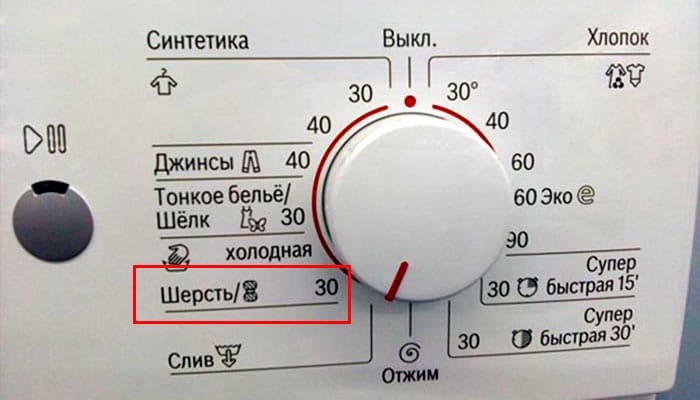 Not available on all models. Ideal for cleaning knitted items containing natural wool. The drum rotates gently, as in a delicate wash. The water heats up to no more than 40°C, so things don’t “shrink” or shed. Little liquid is used when washing. The detergent should be specifically designed for woolen clothes. Fully loading the drum in this mode is not recommended. It should be no more than 2/3 full. This is due to the fact that wet woolen items weigh a lot, which can overload the machine. Optimally - 2-3 things. Spinning occurs at minimum speed.
Not available on all models. Ideal for cleaning knitted items containing natural wool. The drum rotates gently, as in a delicate wash. The water heats up to no more than 40°C, so things don’t “shrink” or shed. Little liquid is used when washing. The detergent should be specifically designed for woolen clothes. Fully loading the drum in this mode is not recommended. It should be no more than 2/3 full. This is due to the fact that wet woolen items weigh a lot, which can overload the machine. Optimally - 2-3 things. Spinning occurs at minimum speed. - "Sport".
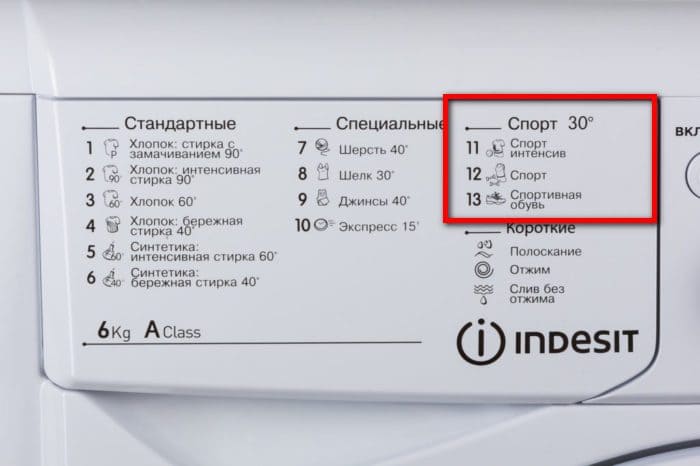 This mode uses pre-washing or soaking to optimally remove dirt and sweat odors from complex fabrics (for example, membrane) from which sportswear is made. To improve the quality of washing, experts recommend using bioactive powders that better remove stubborn dirt.
This mode uses pre-washing or soaking to optimally remove dirt and sweat odors from complex fabrics (for example, membrane) from which sportswear is made. To improve the quality of washing, experts recommend using bioactive powders that better remove stubborn dirt. - "Wash in cold water." Suitable for both colored items that are prone to shedding and delicate fabrics. Spin at very low speeds or absent at all.
- "Shoes".
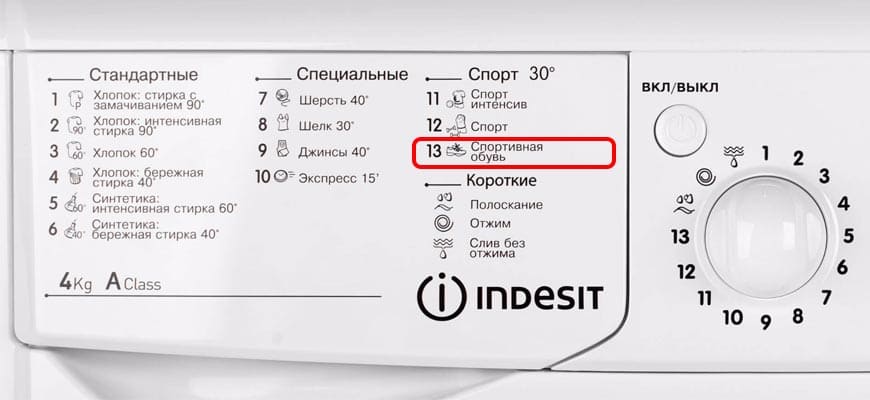 The selected program will help remove dirt from textile sneakers and sneakers. Shoes must be placed in a special bag. One pair is washed per cycle.
The selected program will help remove dirt from textile sneakers and sneakers. Shoes must be placed in a special bag. One pair is washed per cycle. - "Kids' things".
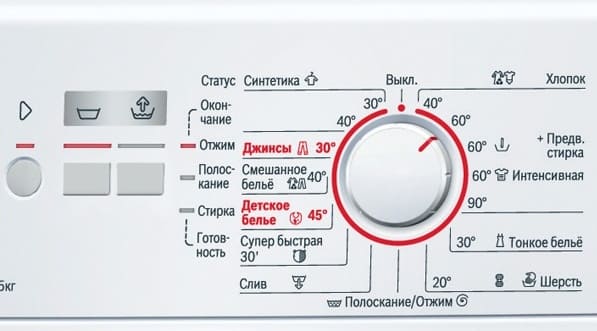 Features high temperature and additional rinsing. The mode requires large amounts of electricity and water. It is also suitable for allergy sufferers, since the powder is washed off as thoroughly as possible so as not to irritate the baby’s delicate skin.
Features high temperature and additional rinsing. The mode requires large amounts of electricity and water. It is also suitable for allergy sufferers, since the powder is washed off as thoroughly as possible so as not to irritate the baby’s delicate skin. - "Night mode".
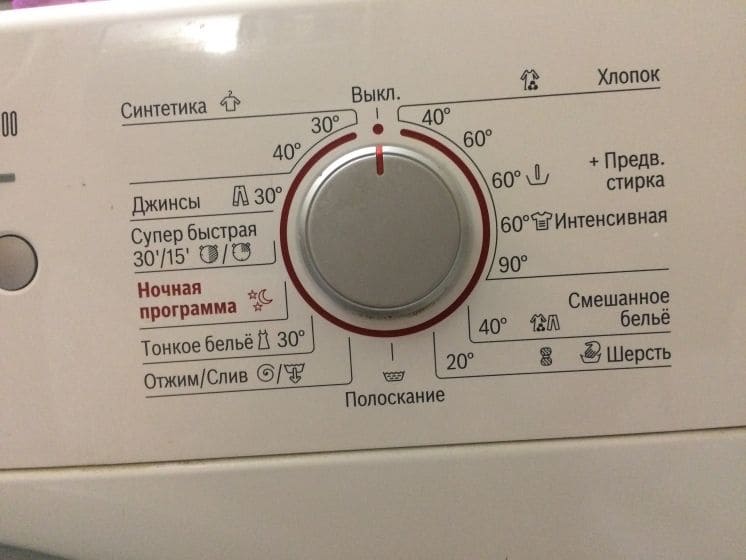 The quietest program. In order not to disturb the sleep of household members, sound signals and spin are not used here. Therefore, it is imperative to provide a place where to dry completely wet things from which water will drip. The washing machine turns off automatically. Allows you to save money for those whose water tariff changes (cheaper at night).
The quietest program. In order not to disturb the sleep of household members, sound signals and spin are not used here. Therefore, it is imperative to provide a place where to dry completely wet things from which water will drip. The washing machine turns off automatically. Allows you to save money for those whose water tariff changes (cheaper at night). - "Volume things." Suitable for washing outerwear and other items that strongly absorb water. With this program, only one thing is loaded into the drum, otherwise you can overload the machine. The washing time here is one and a half hours. Things don't lose their shape. This function allows you to wash soft toys.
- "Shoes". Processing time – no more than 50 minutes. The rotation of the drum is gentle, spinning is not used. Shoes must be in a special bag. Found only in the latest models of washing machines.
- "Steam treatment." Items that cannot be washed can be refreshed by steaming. Under the influence of high temperature, the water in the tank turns into hot steam and enters the drum through the holes.Steam effectively fights fungi and bacteria, and also eliminates odors of sweat, mustiness and dampness. Suitable for disinfecting children's toys, small carpets and delicate items, which are not damaged at all during the treatment process.
- "Daily wash"
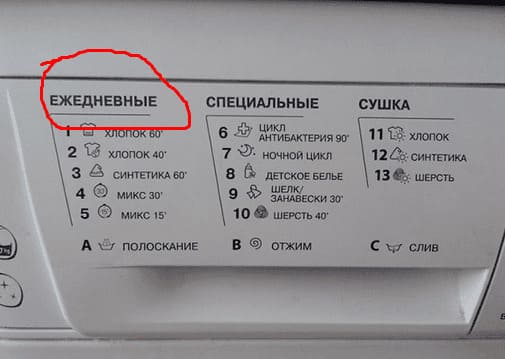 (“New items” or “Express wash”). In this mode, newly purchased or lightly soiled items are washed. The program lasts no more than half an hour.
(“New items” or “Express wash”). In this mode, newly purchased or lightly soiled items are washed. The program lasts no more than half an hour. - "Outerwear". Allows you to wash jackets that strongly absorb water, or, conversely, those with a water-repellent coating.
- “Hypoallergenic wash” (“Hygiene”, “Super rinse”, “Aqua+”, etc.). A mode that provides additional rinsing to maximize the washing out of detergent residues from the fabric fibers. The treatment takes place at a temperature of 60°C, so this program is not suitable for delicate fabrics. Before placing items in the drum, you need to study the information on the label. The mode is long and not economical, since high heating requires additional energy consumption, and rinsing requires a large volume of water.
- "Incomplete loading." If there are few things accumulated, and you need to wash them urgently, then the half-load mode is suitable. Processing is much faster than in conventional programs and with less water. At the same time, all the main stages of washing are preserved.
- "Easy ironing" There is no intermediate spin, and the final spin takes place at low speeds. When rinsing, an increased volume of water is used. At the end, steam treatment is carried out, and strong creases are smoothed out. This will make it easier to iron wrinkled fabrics such as linen later. But this program cannot be called full-fledged ironing, since small folds still remain.In this program, less powder is added so that it does not remain as stains on clothes. The drum is filled to 2/3 of the usual load.
- "Drying". If there is no place to hang things to dry, you can dry them directly in the machine. But ironing will be quite difficult, as the clothes dry out.
Intelligent programs
Modern washing machines, even budget ones, provide owners with additional intelligent functions, including:
- Foam control. The more foam generated during washing, the more detergent will remain on the fibers of the fabric. Therefore, some modern models control the amount of foam formed. If there is too much of it, then a special mini-pump comes into play and pumps out the excess.
- Water level control. The artificial intelligence of the machine determines the weight, dirtiness and dimensions of the loaded laundry and calculates the required volume of water and washing time.
- Program, controlling water clarity to determine whether the remaining detergent has been rinsed out well.
- Eco-bubble and similar. This technology uses air bubbles for washing. To form them, water is mixed with powder and supplied to a special generator located under the drum. The bubbles that appear penetrate through the holes in the drum. Owners of washing machines with this function note the high quality of washing and careful treatment of fabrics, which are not damaged during bubble treatment.
- Function delayed start. Many modern models have the ability to set a timer to start washing within 24 hours.
- Opportunity control via NFC module. Using this function, you can remotely interact with the machine.
- Autodosing of powder. The detergent is poured into a special large-volume receiver. Depending on the degree of contamination and weight of the laundry, the machine itself measures the required amount of powder.
How to choose the right washing mode and water temperature?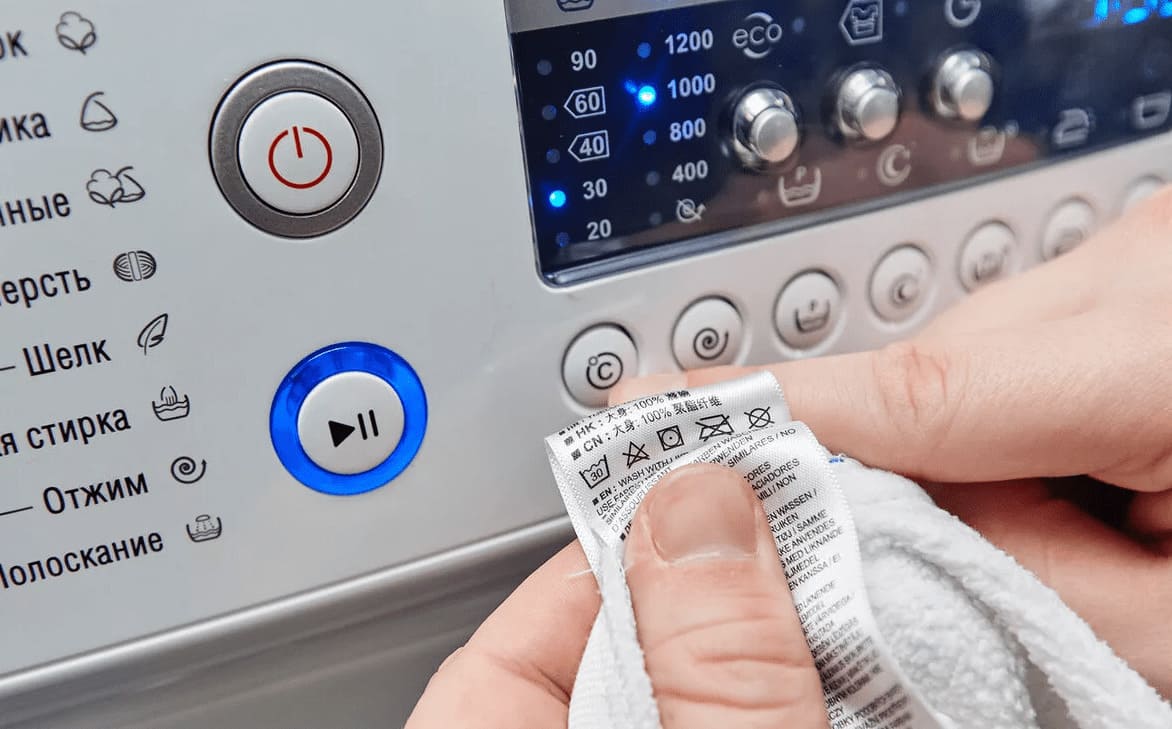
In order not to make a mistake with the choice of temperature and washing mode, you need to follow several rules.
Things must be sorted not only by color, but also by type of fabric, since each material requires its own care. To do this, study the labels on clothes.
The most heat-resistant fabric is cotton. White items can be washed at maximum heat up to 95°C. Colored clothes may fade, so wash in cold water. Number of revolutions – 1400.
Linen clothes are washed at temperatures from 40 to 60°C and pressed at low speed. Or turn off the spin altogether, so it will be easier to iron. But things will take a long time to dry.
Delicate fabrics and wool are washed at 30-40 degrees. Spin speed is no more than 400. Synthetic materials do not like hot water, so the heating is set to no more than 40 degrees. Spin – 600-800 rpm.
Leak protection (Aquastop). A special safety valve is installed on the hose through which water is supplied. If the system detects a leak, the valve stops water supply.
Explanation of the icons that indicate the modes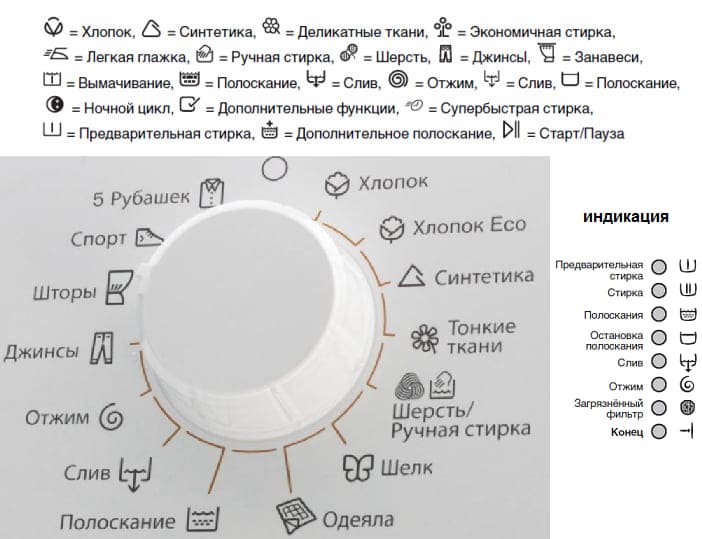
Each manufacturer has its own designations, but there are also common icons.
The icon in the shape of a basin indicates washing. If the picture is supplemented by two vertical lines, then this is a typical program for this washing machine. If a palm is drawn above the basin, then it is hand wash. An arrow pointing down indicates draining the water. Wavy lines – intensive wash. Drops - rinsing (can also be depicted as a watering can).
- Tangle – mode for wool.
- Cotton boll - cotton.
- Snowflake - cold water.
- Spiral - spin.
- Iron over crumpled fabric - light ironing.
- Child's face or lock - child lock.
- The dial is a timer.
- Feather, butterfly, flower are delicate fabrics.
- The flask is synthetic.
- The sun is drying.
- Wood – washing while saving resources.
Rules for washing clothes in a washing machine
To make washing more efficient, experts recommend following these rules:
- Before starting the machine, you need to check the availability of cold water.
- For one load, clothes of the same degree of soiling are selected. The fabric from which the items are made must also be of the same type in order to choose the right mode.
- Some manufacturers promise the ability to wash white and colored items in one cycle. But experienced housewives do not recommend testing marketing strategies on your favorite clothes or bedding.
- For particularly capricious fabrics, it is better to cancel the spin cycle altogether. The item will take longer to dry, but will retain its integrity.
- Do not exceed the maximum weight stated for this washing machine model. This may lead to failure of the unit.
- Knitwear covered with pills is washed inside out. Otherwise, during the washing process they will settle on other clothes.
- All buttons and zippers must be fastened. If the clothes are not fastened with all the buttons, the loops may stretch during the washing process. But the teeth of an unclosed zipper can damage the drum.
- Printed clothing is turned inside out before loading. This way the drawing will fade less.
- Do not use hand washing powder in the washing machine. It foams more, dissolves and washes less easily.If there is no automatic washing powder, and you need to wash urgently, then pour in no more than half the usual amount. And be sure to select an additional rinse.
- You need to check the pockets before putting them in the machine. Forgotten coins and other hard objects can damage the drum. A disposable handkerchief will effectively soak and cover the rest of the things with flakes of soaked paper. For documents, a phone, tickets and other things, washing will be completely fatal.
- You can not pour too much powder into the tray. Firstly, excess foam is formed, which interferes with washing, and is also difficult to rinse out of the fibers. Secondly, the foam settles on the parts of the machine and causes an unpleasant, musty smell. Not all models have foam control, so it is better to follow the specified dosage.
- Washing gels cope better with dirt than powders.
- Pillowcases are turned inside out and feathers or other filler are removed. The washing machine must be on a flat surface, otherwise it will vibrate a lot during the process.
- For shoes, underwire bras and clothes with metal decor, use laundry bags.
- Large items are slightly moistened with water, so that they “settle” well in the drum.
- Washed items are hung up as quickly as possible so that they do not have time to wrinkle even more, and ironing is easier.
- To avoid the appearance of an unpleasant odor, dirty laundry is not stored in the machine.
- Once every six months, the machine is cleaned with a special agent or citric acid. If the maximum load is 5-6 kg, then 200 g of citric acid will be required. It is placed in the powder tray and a long program with a high temperature is started.If you don’t have automatic powder and you need to wash it urgently, then use no more than half the usual amount. And be sure to choose an additional rinse.
- You need to check the pockets before putting them in the machine. Leaving coins or other hard objects in them can damage the drum. A disposable handkerchief will effectively limp and cover the rest of your items in flakes of soggy paper. For documents, phones, tickets and other things, washing will be fatal.
- Do not pour too much powder into the cuvette. Firstly, excess foam is formed, which interferes with washing and is also difficult to rinse out of the fibers. Secondly, the foam settles on the parts of the machine and causes an unpleasant, musty smell. Not all models have foam control, so it is best to follow the indicated dosage.
- Washing gels cope better with dirt than powders.
Pillowcases are turned inside out and feathers or other filling are removed.







